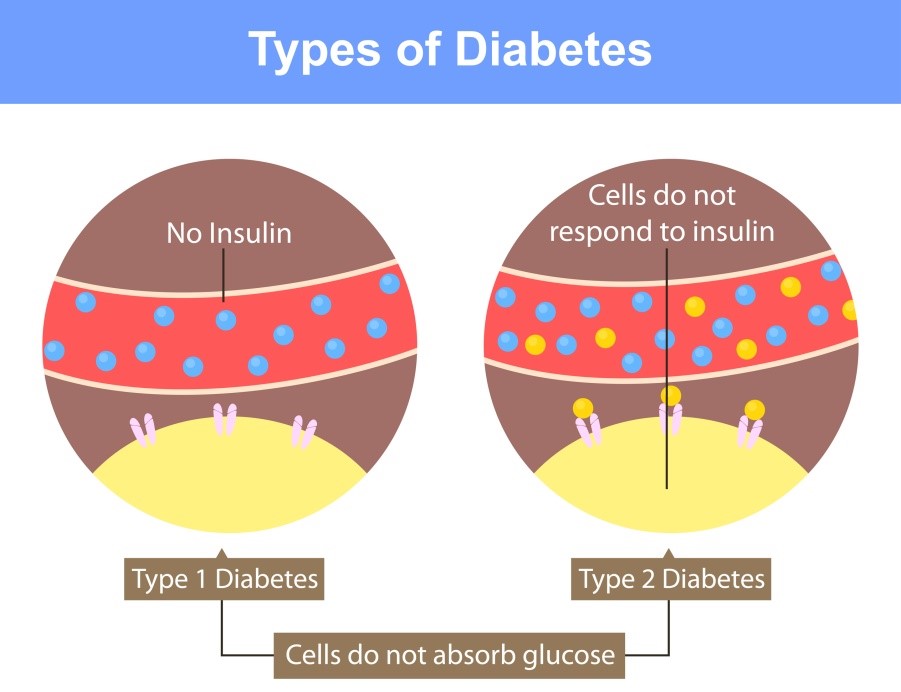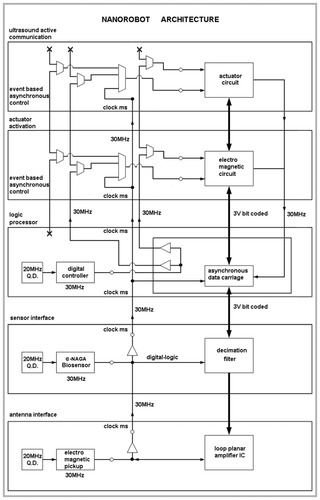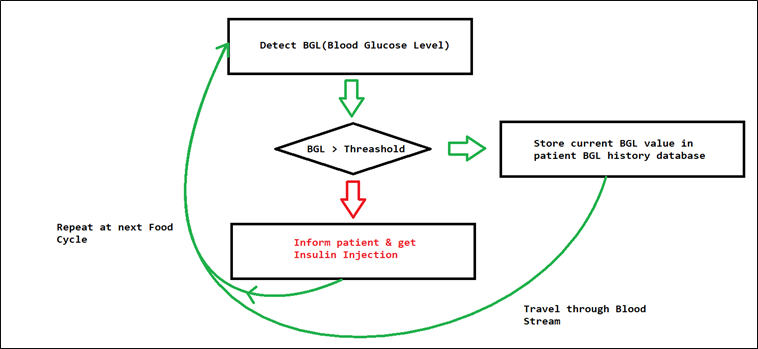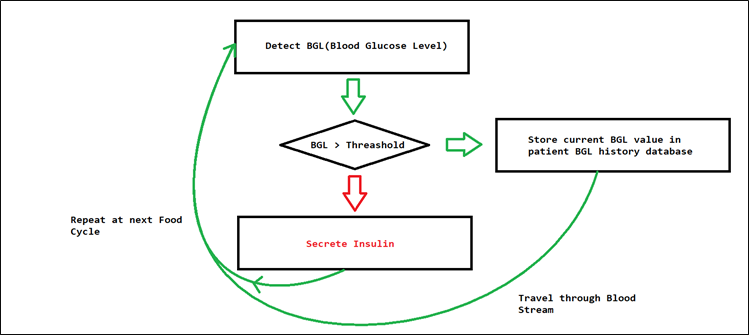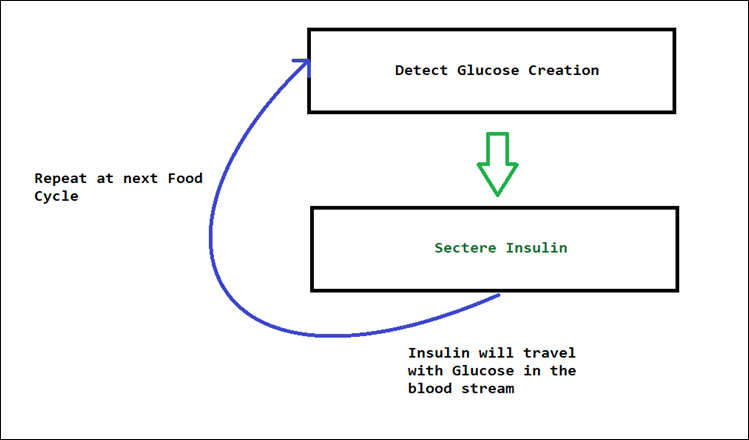Table of Contents
Abstract
Cell signaling is part of a complex system of communication that governs basic cellular activities and coordinates cell actions. Cell signalling is all about communication between different group of cells and tissues and how one group of cells informs another group of cells what to do. The ability of cells to perceive and correctly respond to their microenvironment is the basis of development, tissue repair, and immunity, as well as normal tissue homeostasis.
Importance Of Cell Signaling
In multicellular organisms, cell signaling allows for specialization of groups of cells. Multiple cell types can then join together to form tissues such as muscle, blood, and brain tissue. Cells have evolved a variety of signaling mechanisms to accomplish the transmission of important biological information.
Why do Cell Communicate?
In multicellular organisms, cell signaling allows for specialization of groups of cells. Multiple cell types can then join together to form tissues such as muscle, blood, and brain tissue.
General Terms
-
Ligand
Typically, these are ion channels located on the postsynaptic (receiving) side of the neuron. Some act in response to a secreted (external) ligand- typically a neurotransmitter such as- Acetylcholine (ACh)
- GABA
- Glycine
- Glutamate
Some act in response to internal ligands such as G-proteins, cGMP and cAMP, and are also regulated by internal metabolites such as phosphoinositides, arachidonic acid, calcium.
-
Receptors
Receptors are proteins associated with the cell membranes or located within the cell. Receptors 'recognize' signalling molecules by binding them. Binding of Receptors by signlling molecules cell behavior changes.
Types of Cell Signaling
- Autocrine
- Paracrine
- Endocrine
-
Autocrine
Autocrine target the cell itself. Sometimes autocrine cell, can target cells close by if they are the same type of cell as the emitting cell. e.g immune cells. A well-characterized form of autocrine signaling is the secretion of IL-1 by macrophages. Binding of IL-1 by receptors on macrophages further activates these cells and triggers the secretion of additional cytokines (including additional IL-1). This type of pure autocrine signaling in which one cell type stimulates itself is relatively uncommon in normal physiology but can be an important feature of some pathologic conditions such as cancer in which tumor cell proliferation may be driven by autocrine signaling.
-
Paracrine
It signals target cells in the vicinity of the emitting cell. neurotransmitters represent an example. Paracrine signaling is a form of cell signaling or cell-to-cell communication in which a cell produces a signal to induce changes in nearby cells, altering thebehaviour of those cells eg. transfer of signals across synapses between nerve cells.
-
Endocrine
These signals target distant cells. Endocrine cells produce hormones that travel through the blood to reach all parts of the body. The endocrine system is a chemical messenger system comprising feedback loops of the hormones released by internal glands of an organism directly into the circulatory system, regulating distant target organs.
Autocrine
Eukaryotic cells can release ligands that target the same cell that produced the signal known as Autocrine Signalling. The cell that secretes a signal also detects and responds to the signalling molecule it produces; this is called Autocrine Signalling.
-
Three steps of Autocrine Signaling
- Reception of the Signal
- Signal Transduction
- Response
Reception of the Signal
In signal reception, a membrane-impermeable molecule, or ligand, causes a change in a membrane receptor; however, some signalling molecules, such as hormones, can traverse the membrane to reach their internal receptors.
Signal Transduction
This causes the receptor protein to change. The membrane receptor can then send this signal to intracellular messengers, which transduces the message into a cellular response.
Response
This intracellular response may include a change transcription, translation, protein activation, or many others.
-
Significance of Autocrine Signaling
- Autocrine signalling is important during development, helping cells take on and reinforce their correct identities.
- Autocrine signalling is important in cancer and is thought to play a key role in metastasis (the spread of cancer from its original site to other parts of the body).
- Autocrine signalling can also play a role in the development of skin cancer by stimulating the development of new blood vessels that nourish tumour cells.
Receptor Classes
-
G-Protien
G proteins, also known as guanine nucleotidebinding proteins, are a family of proteins that act as molecular switches inside cells, and are involved in transmitting signals from a variety of stimuli outside a cell to its interior. Their activity is regulated by factors that control their ability to bind to and hydrolyze guanosine triphosphate (GTP) to guanosine diphosphate (GDP)
-
Enzyme Coupled Receptor
Enzyme coupled receptor is a transmembrane receptor, where the binding of an extracellular ligand causes enzymatic activity on the intracellular side. Hence a catalytic receptor is an integral membrane protein possessing both enzymatic catalytic and receptor functions. An extra-cellular ligand binding domain An intracellular domain.
-
Ion Channel Receptor
Ion channels are pore-forming membrane proteins that allow ions to pass through the channel pore. It establishes resting membrane potential, shapes action potentials other electrical signals by gating the flow of ions across the cell membrane, controlling the flow of ions across secretory and epithelial cells, and regulating cell volume. Ion channels are one of the two classes of ionophoric proteins, the other being ion transporters.
Advantages
- Autocrine signalling helps to communicate with distantly located cells.
- Autocrine signalling connects nearby located cells.
- Autocrine signalling helps to amplify the signal by inducing more signalling production from the cell itself.
- Autocrine signalling is specific only for the cell that produced it.
Applications
- Autocrine Signalling plays critical roles in cancer activation and also in providing self-sustaining growth signals to tumors.
- Autocrine signalling also regulates pain sensation and inflammatory responses.
- This type of signalling often occurs during the early development of an organisms to ensure that cells develop into the correct tissues and take on the proper function.
- One approach used by tumors to upregulate growth and survival is through autocrine production of growth and survival factors.
